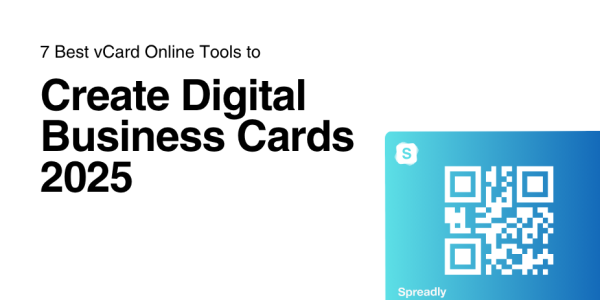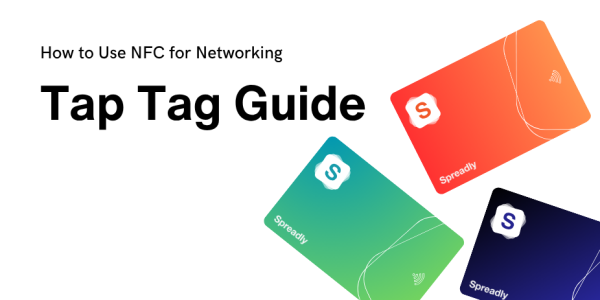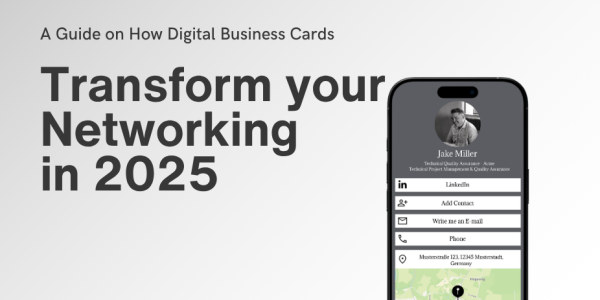The Ultimate Guide to Biz Card Size for Beginners (2025)
13 minutes
6th of August 2025
In this article:
- Understanding Standard Biz Card Sizes in 2025
- Key Factors to Consider When Choosing Your Biz Card Size
- Essential Design Tips for Biz Card Size Optimization
- Step-by-Step Guide: How to Choose the Right Biz Card Size
- The Future of Business Cards: Physical vs. Digital in 2025
Did you know the size of your business card can make or break your first impression? Choosing the right biz card size is more than a detail—it’s a powerful way to communicate professionalism and stand out.
This guide will demystify everything beginners need to know about biz card size in 2025. You’ll discover standard dimensions, regional variations, key design factors, and practical tips to help your card get noticed for all the right reasons.
Ready to make your mark? Let’s dive in and unlock the secrets to maximizing your business card’s impact this year.
Understanding Standard Biz Card Sizes in 2025
Choosing the right biz card size is more than a detail—it's a strategic decision that shapes your professional image. As we head into 2025, understanding the standards and trends around biz card size is essential for making a memorable impression and ensuring your card works in every situation.

What is the Standard Biz Card Size?
The standard biz card size in the United States remains 3.5 x 2 inches (88.9 x 50.8 mm). This dimension became the norm because it fits perfectly in most wallets and cardholders, making it practical for everyday networking.
Globally, the most common sizes in 2025 still revolve around this core measurement, though slight variations exist. For example, the UK typically uses 3.3 x 2.1 inches (85 x 55 mm), while Japan prefers 3.58 x 2.17 inches (91 x 55 mm). These standards balance visibility, portability, and function, ensuring your biz card size aligns with professional expectations.
Regional and Industry Variations
Biz card size preferences do shift across regions and industries. Here's a quick comparison:
| Region | Standard Size (inches) | Standard Size (mm) |
|---|---|---|
| US/Canada | 3.5 x 2.0 | 88.9 x 50.8 |
| UK/Europe | 3.3 x 2.1 | 85 x 55 |
| Japan | 3.58 x 2.17 | 91 x 55 |
| Australia | 3.54 x 2.17 | 90 x 55 |
Creative industries often favor square or mini cards to stand out, while corporate sectors stick to traditional dimensions. In 2024-2025, over 70% of global businesses still use standard sizes, but creative fields see up to 30% adoption of alternative biz card size formats.
Why Size Matters: First Impressions and Functionality
The right biz card size instantly communicates professionalism and attention to detail. Studies show that standard-sized cards are 35% more likely to be kept by recipients, as they fit seamlessly into wallets and digital scanners.
A well-chosen biz card size helps ensure your contact info is accessible and memorable. Oversized or oddly shaped cards may look unique but risk being discarded. In networking, convenience is key—your card should be easy to store and quick to reference, supporting your professional goals.
Common Mistakes Beginners Make
Beginners often overlook how biz card size impacts usability. Common mistakes include:
- Opting for non-standard sizes that don't fit holders
- Designing cards that are too large or too small for wallets
- Failing to account for bleed and trim areas, leading to cut-off designs
A real-world example: a startup printed oversized square cards to stand out, but most recipients couldn't store them, leading to a high discard rate. Always ensure your biz card size is both creative and practical.
Trends in Biz Card Sizes for 2025
As we move into 2025, biz card size trends reflect broader shifts in design and sustainability. Minimalist and eco-friendly formats are on the rise, with many businesses choosing smaller cards to reduce paper use.
Square, mini, and custom-shaped cards are being adopted by about 20% of innovative brands, especially in tech and design sectors. For a deep dive into the latest dimensions and creative options, check out this business card size and design guide.
These trends highlight the growing importance of balancing uniqueness with practicality when selecting your biz card size.
Key Factors to Consider When Choosing Your Biz Card Size
Choosing the right biz card size is more than a design decision—it's a strategic move that shapes how the world perceives you. Each factor below will help you make a professional, practical choice for your business cards in 2025.
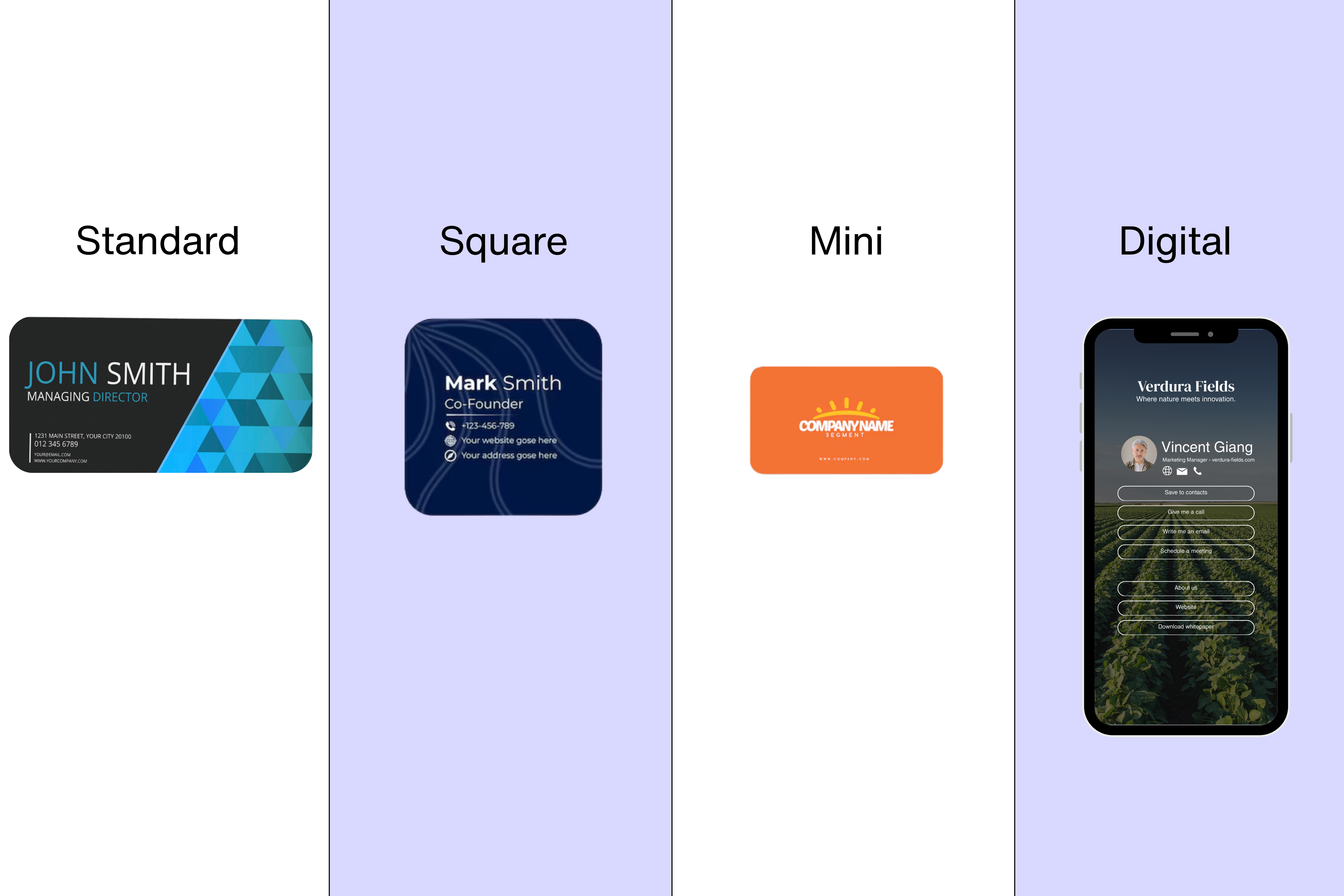
Branding and Visual Impact
Your biz card size plays a huge role in how your brand is perceived. A traditional size projects professionalism and reliability, while a bold, unconventional size can signal creativity and innovation. For example, creative agencies often opt for square or mini cards to stand out, but law firms usually stick to the classic dimensions for trustworthiness.
When planning your biz card size, balance uniqueness with industry expectations. Too much deviation can overshadow your message. For inspiration and to stay on top of modern business card design trends, explore what leading brands are doing in 2025.
Practicality and Usability
Functionality should never take a backseat to flair. The ideal biz card size fits seamlessly into wallets, cardholders, and digital scanners. If your card is too large, it may not fit, leading to it being tossed. Too small, and it could get lost or feel insubstantial.
Consider the environments where you'll share your business cards. At busy networking events, a standard biz card size ensures your card doesn't get overlooked or misplaced. Always prioritize ease of handling and storage.
Printing and Production Constraints
Printing your biz card size requires careful planning. Standard print sheet sizes are optimized for classic cards, making custom dimensions more expensive. Always account for bleed, trim, and safe zones—these areas ensure your design looks sharp after cutting.
Common mistakes include ignoring these guidelines, resulting in cropped logos or unreadable text. Work closely with your printer and request proofs to avoid costly errors. Proper setup guarantees your cards look polished and professional.
Environmental and Sustainability Considerations
Eco-consciousness is shaping biz card size decisions in 2025. Smaller cards reduce paper waste and production costs. Many businesses now opt for recycled or plantable paper to minimize their environmental impact.
Digital alternatives are also gaining ground, offering a sustainable way to share contact details instantly. Data from recent years shows a steady increase in companies adopting eco-friendly materials or switching to digital formats for their business cards.
Digital Alternatives to Physical Biz Cards
Digital business cards are revolutionizing networking. Opting for a digital biz card size means you can share your contact info instantly, update details in real time, and even track interactions. QR codes and NFC technology make this process seamless and interactive.
The adoption of digital business cards rose sharply from 2023 to 2025, as professionals prioritize sustainability and convenience. As more people embrace these alternatives, consider whether a digital format—or a hybrid card—best fits your networking strategy.
Essential Design Tips for Biz Card Size Optimization
Designing the perfect biz card size means more than just picking dimensions—it’s about optimizing every detail for impact and usability. Here’s how to ensure your business card stands out and works as hard as you do.
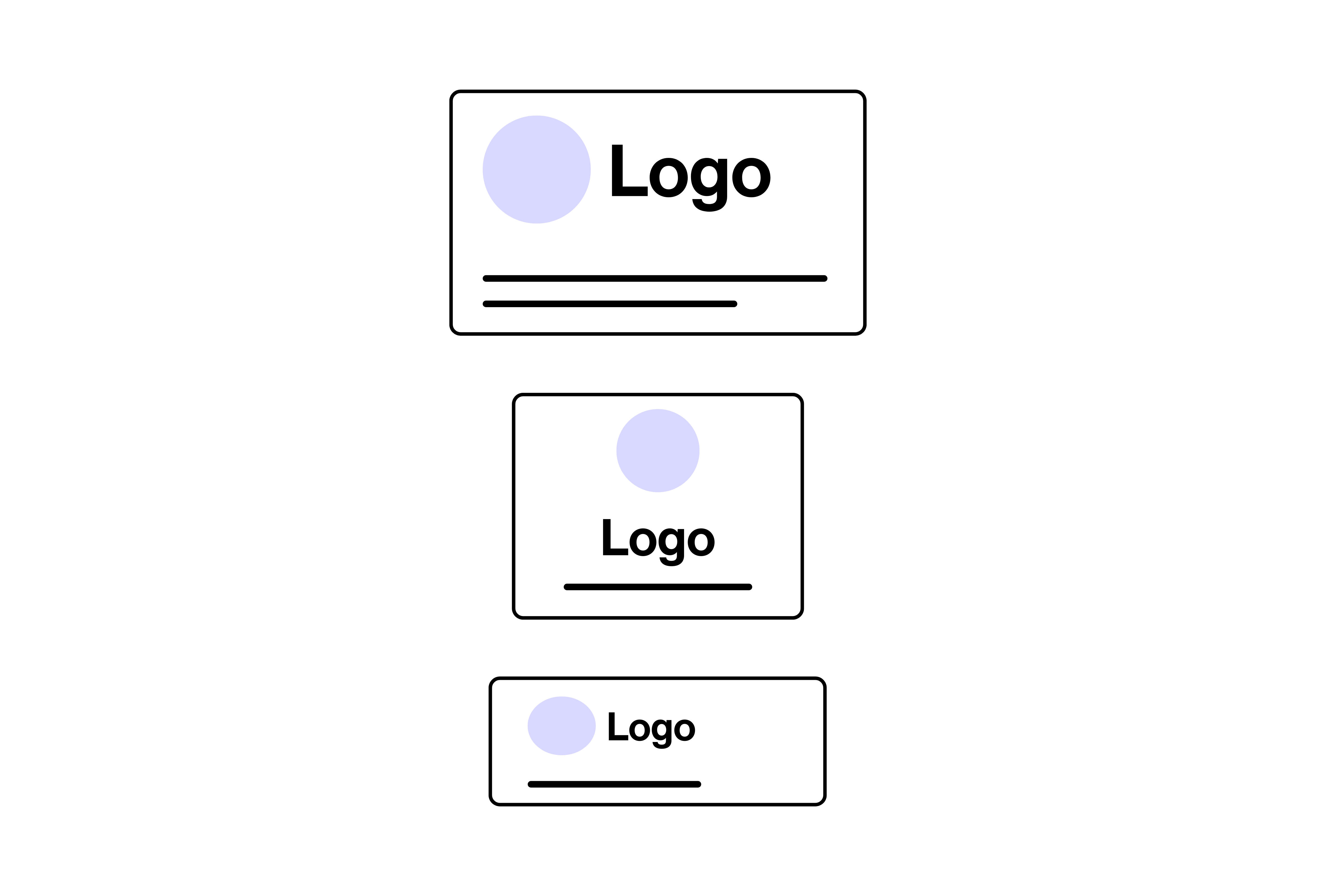
Layout and Proportion Best Practices
When it comes to biz card size, effective layout is crucial. Start by dividing your card into visual zones: logo, contact details, and space for white space. Avoid clutter by sticking to simple, balanced compositions.
Use a grid system to align elements. This ensures everything feels cohesive and professional. For example, keep margins consistent on all sides and center your logo or name for emphasis.
A quick table of layout do’s and don’ts:
| Do | Don’t |
|---|---|
| Use consistent margins | Cram too much info |
| Align text and logos | Place elements randomly |
| Leave breathing space | Overcrowd with graphics |
A well-structured biz card size helps your design appear polished and easy to read.
Typography and Readability
Font size and style play a huge role in maximizing your biz card size. Stick to legible fonts like Helvetica or Arial, and avoid script or novelty fonts unless they’re central to your brand.
The minimum recommended font size is 7pt for essential info. Larger sizes work for names or headings. Don’t shrink text to fit more—prioritize clarity.
Studies show that cards with readable type are 42% more likely to be kept. Make sure the font contrasts well with your background, and test your biz card size by printing a sample before finalizing.
Incorporating Logos and Graphics
Your logo should be instantly recognizable and sized appropriately for your chosen biz card size. As a rule, logos should occupy no more than one-third of the card’s surface.
Place your logo in a prominent spot—top left, center, or as a subtle background watermark. Too large, and it dominates; too small, and it gets lost.
Balance graphics with whitespace. Use icons sparingly to highlight contact methods, but avoid visual overload. A well-proportioned logo on your biz card size helps reinforce your brand identity without overwhelming other details.
Color Schemes and Finishes
The colors and finishes you choose should complement your biz card size and overall design. Lighter backgrounds with dark text maximize readability, while bold accent colors can draw attention to key elements.
Consider matte vs. glossy finishes—matte is modern and subtle, while glossy adds vibrancy. Specialty finishes, like spot UV or foil, can make your card pop but work best on standard sizes.
For inspiration, check out Business card design trends 2025 to see how trending finishes and color palettes can elevate your biz card size design this year.
Bleed, Margins, and Safe Zones Explained
Understanding print guidelines is essential for a flawless biz card size. Bleed is the area that extends beyond the card’s edge, usually by 0.125 inches, to prevent unwanted white borders after cutting.
Keep all important text and logos within the safe zone (about 0.125 inches inside the trim line) to avoid accidental cropping. Margins create a buffer for clean, professional aesthetics.
Here’s a quick reference:
- Bleed: 0.125 inches beyond edge
- Trim: Final card size
- Safe zone: 0.125 inches inside trim
Following these rules ensures your biz card size looks sharp and print-ready.
Making Your Card Stand Out Within Standard Sizes
Even with a standard biz card size, creative touches make your card memorable. Use negative space to highlight key info or experiment with die-cuts for tactile interest.
Try textured paper, embossing, or spot varnish to add a unique feel. Look at case studies where brands used subtle design tricks—like rounded corners or duplex printing—to stand out without breaking size conventions.
A thoughtfully designed biz card size can make a lasting impression, helping you stay top-of-mind after every introduction.
Step-by-Step Guide: How to Choose the Right Biz Card Size
Choosing the perfect biz card size isn’t just about picking a number. It’s a step-by-step process that ensures your card reflects your goals, brand, and practicality. Here’s a beginner-friendly guide to help you navigate each decision point with confidence.
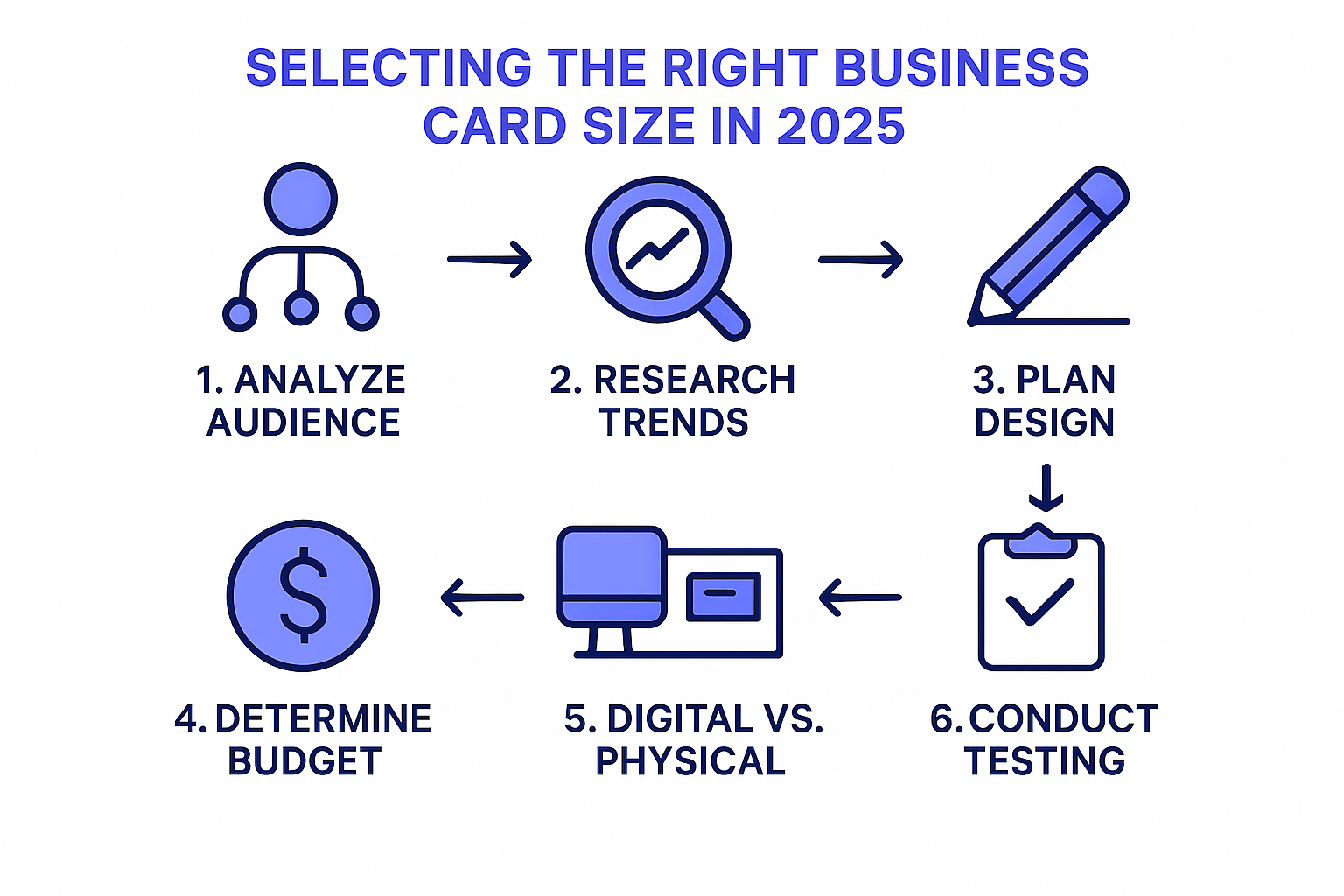
Step 1: Define Your Purpose and Audience
Start by clarifying your networking objectives. Is your goal to impress creative agencies, land corporate clients, or simply make memorable connections at local events?
Your audience will directly impact which biz card size feels appropriate. Creative professionals might favor unique or unconventional dimensions, while corporate executives tend to prefer classic sizes for a polished, professional look.
Think about the context where you’ll use your cards. A distinctive biz card size can grab attention, but only if it aligns with your audience’s expectations.
Step 2: Research Industry Norms and Trends
Before finalizing your biz card size, take a close look at what’s standard in your industry. Analyze competitor cards, review the latest trends, and gather inspiration from leading brands.
Data from 2025 shows that most US professionals still use the classic 3.5 x 2 inch format, while creative sectors are experimenting with square or mini cards. Don’t guess—study what works. Check out different types of business cards to understand the variety of formats gaining traction.
Use social media, networking events, and even your own collection of cards to spot patterns. This research phase ensures your biz card size stands out, but doesn’t feel out of place.
Step 3: Evaluate Design and Branding Needs
Now, align your biz card size with your brand identity. Does your brand lean towards minimalism, boldness, or tradition? The right size can reinforce your messaging and values.
Consider the space needed for your logo, contact details, and any key visuals. A smaller card might suit a minimalist brand, while a larger format could showcase creativity. Remember, the biz card size should enhance—not overwhelm—your design.
Look for case studies or real-world examples of brands that made thoughtful size choices. This step is where your card’s visual impact is defined.
Step 4: Assess Practicality and Budget
Practicality is key. Make sure your chosen biz card size fits comfortably in standard wallets and holders. Unusual sizes may get noticed, but if they’re difficult to store, they might be tossed aside.
Budget also plays a role. Standard sizes are usually more cost-effective to print and ship, while custom shapes or dimensions can increase costs. Compare real-world pricing between standard and custom options, and factor in storage or shipping if you order in bulk.
Let practicality guide your decision, ensuring your biz card size is both memorable and manageable.
Step 5: Choose Between Physical and Digital Cards
As you weigh options, consider whether a physical or digital card (or both) suits your networking style. Digital business cards are gaining popularity for being eco-friendly, interactive, and easy to update.
Physical cards remain essential for many face-to-face interactions, but digital alternatives can expand your reach. Explore online business card options to see how digital formats can complement or even replace traditional cards.
A hybrid approach—like adding a QR code to your physical card—can bridge the gap, offering flexibility and convenience. Your ideal biz card size might depend on whether you go physical, digital, or both.
Step 6: Test and Refine Before Printing
Before you commit, print a few prototypes of your chosen biz card size. Share them with colleagues or friends and gather honest feedback about look, feel, and usability.
Pay attention to how the card fits in wallets or holders, and whether the design remains clear and readable. Adjust sizing or layout as needed based on real-world input.
Use online prototyping tools or local print shops for quick test runs. This final step ensures your biz card size is perfectly tailored to your needs before you invest in a full print run.
The Future of Business Cards: Physical vs. Digital in 2025
As we look ahead to 2025, the world of networking is transforming rapidly. The debate between physical and digital business cards is heating up, and your choice of biz card size may influence more than just your wallet—it can shape your professional image for years to come.
The Rise of Digital Business Cards
Digital business cards are on the rise, thanks to their convenience and innovative features. In 2025, professionals are embracing digital options that allow for instant updates, seamless sharing, and interactive elements.
The biz card size discussion is evolving as many digital cards adapt to fit smartphone screens, making them universally accessible. According to recent market research, over 40% of professionals now use digital cards at least part-time. This shift is not only about technology but also about maximizing networking efficiency.
Integrating Digital Features with Physical Cards
Physical cards are far from obsolete. Instead, they're getting smarter by merging with digital technology. Many cards now include QR codes, NFC chips, or even augmented reality, bridging the gap between the tangible and virtual.
When considering biz card size, it's important to ensure there's enough space for these features without sacrificing design. Hybrid cards offer a memorable experience while still fitting into standard holders and wallets. Innovative brands are setting trends by integrating tech seamlessly into their card layouts.
Environmental Impact and Sustainability
Sustainability is now a top priority in business card design. Every year, billions of cards are printed, leading to significant paper waste. Digital alternatives, however, significantly reduce this impact by eliminating the need for physical materials.
Choosing the right biz card size can also help minimize waste—smaller cards mean less paper used. For those seeking eco-friendly options, eco-friendly digital business cards offer a sustainable solution that aligns with modern business values. As consumers grow more eco-conscious, the demand for greener networking tools will only rise.
Customization and Personalization Trends
Personalization is at the core of networking in 2025. Both physical and digital cards now offer on-demand customization, from unique shapes to branded QR codes. This flexibility allows you to tailor your biz card size and design to fit your brand identity perfectly.
Variable data printing and digital platforms make it easy to update contact details or add personal touches for different audiences. To see what’s trending, check out innovative business card designs for inspiration on how brands are making their cards stand out in a crowded market.
Security and Privacy Considerations
With the rise of digital cards comes a new set of security concerns. Protecting your contact information is essential, whether you're sharing a physical card with a QR code or a fully digital card.
When selecting your biz card size and format, consider options that allow for secure sharing—such as password-protected digital cards or encrypted QR codes. Professionals are increasingly prioritizing privacy, ensuring their networking tools keep sensitive information safe.
Predictions for Biz Card Size and Format in 2025 and Beyond
Looking forward, experts predict that the biz card size conversation will continue to evolve. Standard sizes may persist for traditionalists, but more businesses are experimenting with mini, square, and digital-only formats.
Emerging technologies like AR and AI-driven networking tools will further blur the lines between physical and digital. No matter which direction you choose, staying informed about new trends and formats will ensure your business card remains relevant and impactful.
Now that you know how business card size can shape first impressions and boost your professional presence, why not take the next step toward smarter networking? With Spreadly, you can create digital business cards that are always up-to-date, eco-friendly, and packed with features like CRM integration and lead capture—no design headaches or printing hassles. If you’re ready to see how easy (and impactful) managing your biz cards can be in 2025, let’s get you started—explore all the possibilities and start free trial today!

